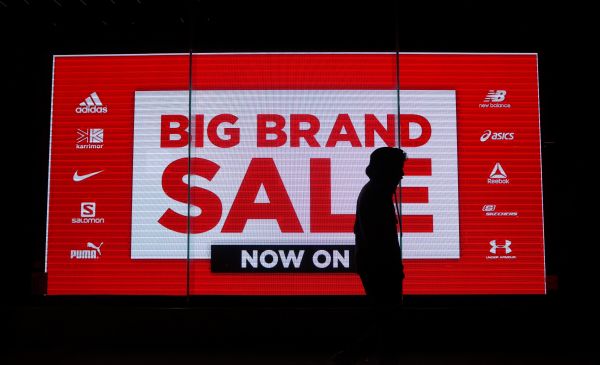Today we’re taking a marketing research question from James, a VP of Marketing in Dallas, Texas. He asks…
Please define Ad Copy Testing and other relevant measures for advertising performance.
James, Thanks for asking. As you likely know, this has been a perennially controversial area of marketing research. The importance and effectiveness of and the most productive approaches to copy testing have been much debated over time. For instance, many have questioned the usefulness of advertising recall as a measure. Current methodologies are fraught with issues. I am providing a simple summary of a fairly comprehensive approach to this below, however, the chosen approach will vary greatly depending on what specifically is to be tested.
More sophisticated approaches have been used (galvanic skin response, MRI, etc.), however these tend to be quite expensive. People have also used pulse and heart rate, facial expression and other physiological indicators of mental states as measures of advertising effectiveness. Some research oragnizations like Millward Brown and Ipsos-ASI will argue the importance of validated predictive metrics and normative databases in this area of research because they have these.
Ad Copy Testing
More aptly named pre-testing, copy testing is the study of advertising (print, TV, radio, billboards, Internet, etc.) prior to launching it. It predicts how effectively an ad will perform, based on the analysis of feedback gathered from the target audience. Each test will either qualify the ad as strong enough to meet company action standards for airing or identify opportunities to improve the performance of the ad through editing.
Objectives:
• Filtering/selection: Minimize the risk of low advertising ROI by identifying (and eliminating) less effective ads
• Optimizing/revision: Improve ads by identifying (and fixing) potential problems
What is Measured?
• Congruence with brand/intended message
• Likeability *
• Persuasion (pre/post, including day after) *
o Purchase intent and frequency
o Brand switch measure
• Purchase-related beliefs (pre/post)
• Emotional response
o Emotions evoked
o Intensity of those emotions
• Recall (day after)
Methodology:
• Single exposure multiple market on-air testing
• Forced exposure testing in a laboratory or theater setting
o Increasingly executed online with the added benefit of tracking click-throughs and actual purchases
Have a question related to branding? Just Ask The Blake Project
The Blake Project Can Help: The Brand Positioning Workshop
Branding Strategy Insider is a service of The Blake Project: A strategic brand consultancy specializing in Brand Research, Brand Strategy, Brand Licensing and Brand Education




